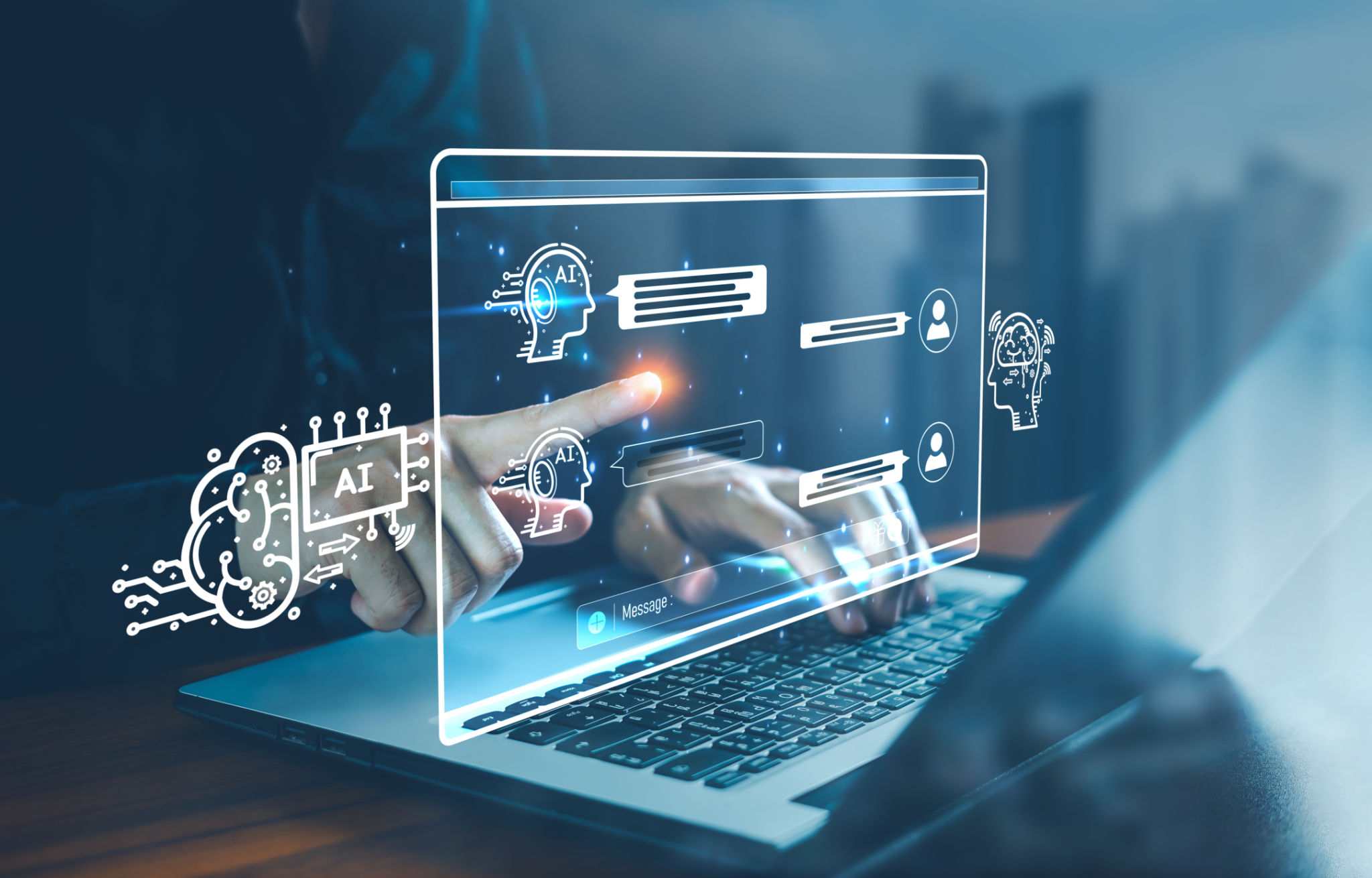AI Training vs. Traditional Training: Which is Right for You?
Understanding AI Training
In recent years, AI training has gained immense popularity as a modern approach to learning and skill development. This method leverages advanced technologies like machine learning and data analytics to provide personalized and efficient training experiences. By using AI algorithms, training programs can adapt to individual learning styles, making the process more engaging and tailored to the needs of each participant.
AI training often involves simulations, virtual environments, and interactive modules that make learning more dynamic. These systems can track progress in real-time, offering instant feedback and guidance. This approach is particularly beneficial in fields where staying updated with the latest technology and processes is crucial.

Exploring Traditional Training
Traditional training methods have been the cornerstone of skill development for decades. These include classroom-based instruction, workshops, and seminars conducted in person. Such methods foster direct interaction with instructors and peers, allowing for immediate clarification of doubts and fostering a collaborative learning environment.
In traditional settings, learners often benefit from structured curricula that offer a clear path to skill acquisition. The presence of a physical instructor can also provide motivation and accountability, which some learners find invaluable.

Benefits of AI Training
AI training offers several advantages over traditional methods. One of the most significant benefits is personalization. AI systems can analyze individual performance data to tailor content, pacing, and style to suit each learner's needs. This approach can lead to higher engagement and improved retention of information.
Moreover, AI training is often more cost-effective, especially for large organizations. It reduces the need for physical resources like classrooms and printed materials, and it allows employees to learn at their own pace without taking time off work.
Advantages of Traditional Training
Despite the rise of AI, traditional training methods still hold several advantages. The face-to-face interaction available in traditional settings can enhance communication skills and foster team-building experiences. Such interactions are vital in developing soft skills and emotional intelligence that are often challenging to replicate in virtual environments.
Furthermore, traditional training sessions allow for spontaneous discussions and networking opportunities that can lead to valuable industry connections and insights.

Choosing the Right Approach for You
When deciding between AI training and traditional methods, consider your personal learning preferences and the specific skills you want to acquire. If you thrive in a structured environment with direct interaction, traditional training may be more suitable. On the other hand, if you prefer a flexible, personalized approach that leverages technology, AI training could be the better option.
It's also essential to consider the context of your industry. Some sectors may benefit more from AI's cutting-edge capabilities, while others might find traditional methods more effective due to their collaborative nature.
Hybrid Training Models
Many organizations are now adopting hybrid models that combine AI and traditional training methods. This approach harnesses the strengths of both systems, providing a comprehensive learning experience. For example, online AI modules can be supplemented with in-person workshops to reinforce knowledge and encourage interaction.
By blending these methods, learners can enjoy the flexibility and personalization of AI alongside the interpersonal benefits of traditional training.

Conclusion
Both AI and traditional training have unique advantages that can significantly impact the learning experience. Ultimately, the choice between them depends on individual preferences, organizational goals, and industry requirements. By understanding the benefits of each method, learners and organizations can make informed decisions that best support their growth and development goals.